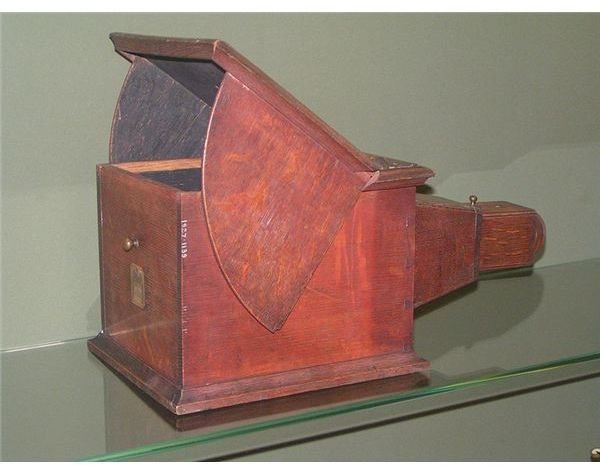Who Discovered Photography? Learn About Niepce & Daguerre - Inventors of Photography
The question of who discovered photography can be quite confusing if we take into consideration that photography is just a marriage between two pre-existing concepts that go back hundreds of years before photography was officially considered as a single concept. With this in mind, we consider the person who discovered photography as the one who brought the different concepts together to produce permanent photographic images, and his name is Louis Jacques Mande Daguerre.
Camera Obscura and Chemicals
Camera obscura, a concept wherein a dark room is used to project an upside down image of a subject or an area which is illuminated, has been around for centuries. The first cameras made use of these devices, but they did not produce permanent images. They were mainly used as tools for drawing or as viewfinders. Chemicals reacting to light, heat and air have existed for longer than that. These chemical reactions that involved the said stimuli have been observed in nature and in experiments, but it wasn’t until the early 1800s when it was bound to the Camera Obscura concept to give birth to photography.
Before the 1800s, many scientists and enthusiasts of producing permanent images attempted to capture images using light and chemicals. One of the earliest attempts was by Johann Heinrich Schultz. He experimented on certain chemicals that he exposed to light, observing its effects on those substances. In 1724, he finally stumbled on the right mixture of substances with the ideal reaction to light. A mixture of chalk and silver was exposed to light, and thanks to this exposure, the mixture darkened, producing an image. This discovery was later used in the development of the concept of photography by Niepce and Daguerre.
Who is Niepce?
Joseph Nicephore Niepce was a Frenchman with a fascination with lithography, which was an emerging form of art during the early 1800s. He used tin plates to move the artform forward, using his son’s artistic skills in drawing to produce lithographs. His son was drafted into the army in 1814, leaving him without an artist. This made him turn to photochemical drawing, leading him to do research and come up with a way to produce lithographs using light and chemicals. He experimented with different materials like metals, stones, gases and acid fumes, some of which are very toxic. Niepce came up with the idea of heliography or photography in 1814. He had a problem with permanence in images and it took him more than a decade to produce a permanent image.
Who is Daguerre?
Louis Daguerre was a printmaker and a painter who specialized in theatrical painting and lighting effects. He was fascinated with his camera obscura. He searched for ways to capture the images the camera obscura produced. When he found a man who had some success in capturing those images, although it was not permanent, he jumped on the chance to work with him. That man was Niepce.
The First Photograph
Frenchman Joseph Nicephore Niepce decided to combine the camera obscura effect with chemicals to create the very first photograph in 1827. He covered a metal engraving with bitumen and he exposed it to light for 8 hours. After that exposure, the pattern of the engraving produced an image which was sadly not permanent. He had the right idea but unfortunately, he did not see its full development because he died a few years later, but not before passing on his knowledge and project to his partner Daguerre. He entered into partnership with Daguerre in 1829 and they worked on the experiment until Niepce died in 1833.
The Birth of Photography
Photography as we know it today, which is to say capturing permanent images using light, was first implemented by Louis Daguerre. He continued Niepce’s work with the help of Niepce’s son until finally, he was able to trim down the exposure time to half an hour and he was able to make the recorded images permanent by applying silver chloride to it. After consulting with scholars, scientists and experts, he introduced the process to the public in 1839 as the Daguerrotype. The invention was greeted with great excitement by most people, mainly because of Daguerre’s announcement that the process does not require expert knowledge, which means everyone has the ability to capture permanent images. That same year, as the Daguerrotype became a craze with people rushing to purchase the device, Sir John Herschel coined the term “photography” to refer to the process of producing permanent images by using light and chemicals. So, to answer the question of who discovered photography, we can clearly say it was Daguerre. However, the question of who was responsible for the existence of photography is another matter.
References
https://www.metmuseum.org/toah/hd/dagu/hd_dagu.htm
https://www.whodiscoveredit.com/who-discovered-photography.html
Photo Courtesy of Wikimedia Commons; GNU Free Documentation License / Supplied by Stefan Kuhn
